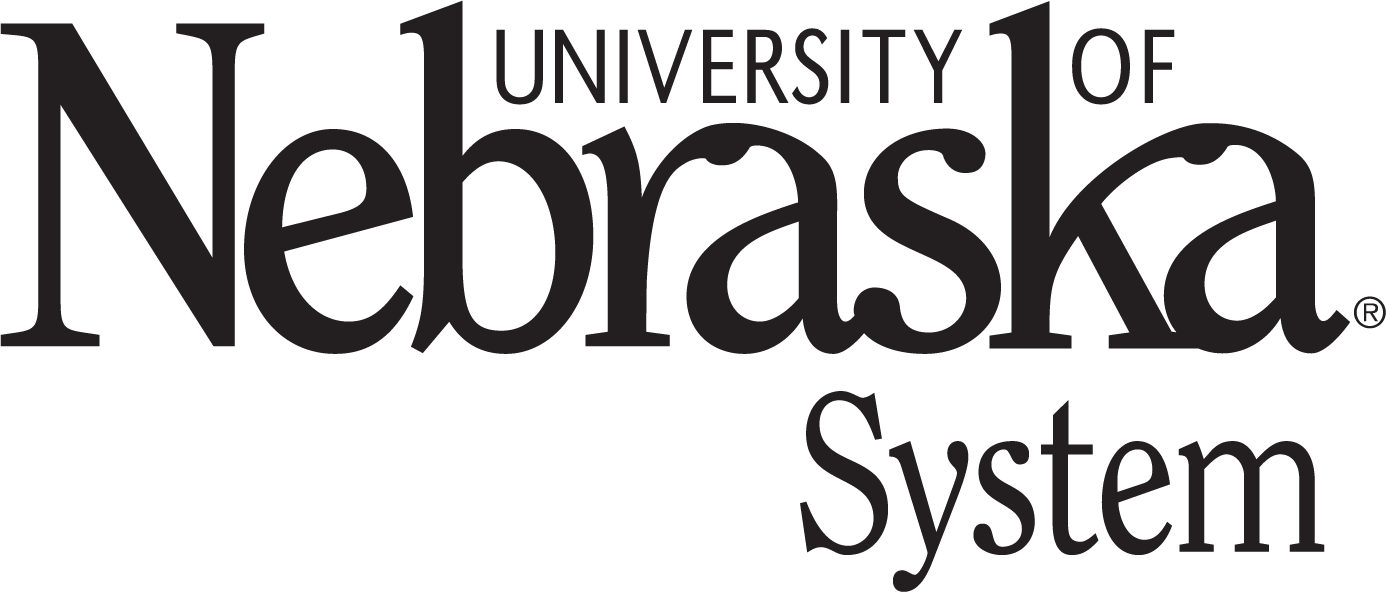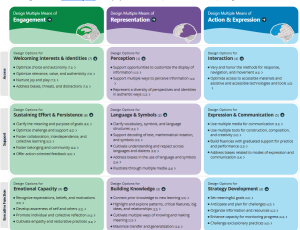10 Universal Design for Learning
Nikae Perkinson
Universal Design for Learning
A framework for designing the learning environment to support learner agency. According to the CAST website, a learning environment that supports learner agency is comprised of these elements:
- Purposeful – internalized self-efficacy, acting in ways that are personally and socially meaningful.
- Reflective – self-awareness and metacognition to identify internal motivations and external influences that support learning and make adjustments when necessary.
- Resourceful – understanding and applying assets, strengths, resources, and linguistic and cultural capital.
- Authentic – increasing comprehension and deepening understanding in ways that are genuine.
- Strategic – setting goals and monitoring learning with intentionality and planfulness.
- Action-oriented – self-directed and collective action in pursuit of learning goals.
The UDL framework is comprised of three main organizing concepts which are used to design learning activities
- Multiple means of engagement,
- Multiple means of representation,
- Multiple means of action and expression,
Resources
- CAST (Center for Applied Special Technologies)
- What Is UDL?
- Using the Universal Design for Learning Approach in Science Laboratories to Reduce Student Stress, Miller, D. K, and Lang, P. L. J. Chem. Educ. 2016, 93, 11, 1823–1828
- UDL on Campus
- UDL Guidelines
- UDL Graphic Organizer (PDF)
- Key Questions to Consider when Planning Lessons (PDF)
- Universal Design for Learning: Theory and Practice Book

